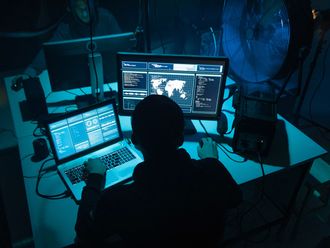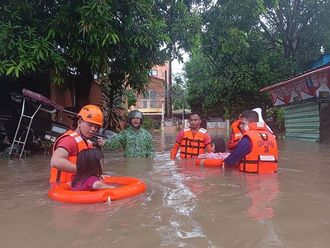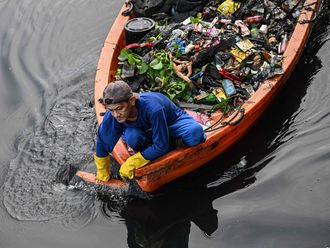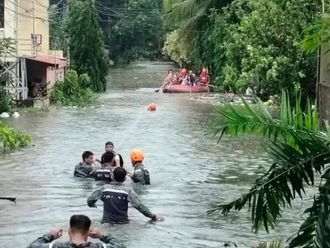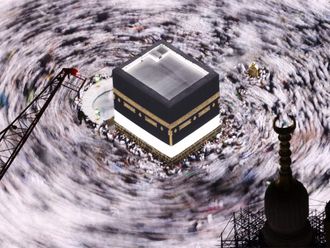Manila: Habier Malek, a firebrand commander of the Nur Misuari-led Moro faction, died three weeks ago as a result of wounds he had sustained in the September fighting in Zamboanga City.
Reports quoted Misuari’s spokesman, Reverend Absalom Cerveza, as saying that Malek, who was believed to be in his 40s, died last December in Jolo, Sulu where he had fled following the Moro National Liberation Front (MNLF) Misuari faction’s unsuccessful bid to launch an uprising in Zamboanga City in September 2013.
“Commander Malek died recently due to wounds he sustained at his armpit and leg during the incident in Zamboanga City,” Cerveza was quoted as saying.
Cerveza added that while Malek had survived the Zamboanga City siege by government forces, he eventually died because his wounds were not healing due to his diabetes.
Immediately after heavy clashes between government forces and Misuari forces, news made rounds that Malek had already died. But this was belied by Cerveza who said that the firebrand commander had only died recently and not in September.
The military said it has yet to confirm if Malek had indeed died.
Malek, along with other commanders identified with the recalcitrant faction of the MNLF, led some 300 gunmen in a daring attack in Zamboanga City on September 9, 2013.
Prior to this, Misuari had declared “independence” from the Manila-based central government and had warned of armed action if the Aquino administration insisted on continuing peace negotiations with the Moro Islamic Liberation Front (MILF).
While the group was able to hold out for three weeks, the uprising eventually fizzled out with dozens of armed fighters captured.
The MNLF, which Misuari had led as chairman, had signed a peace agreement in 1996. However, more than a decade after the pact, Misuari turned back on the agreement and accused the Philippine government of not delivering the promises it had committed to when the covenant was signed.
Since the Zamboanga City incident, Misuari was nowhere to be found. He is now believed to have gone into hiding in his native Sulu.
From a group of Moro nationalists bent on establishing a government run by Moros during the 1970s, Misuari’s faction of the MNLF now comprise of former fighters disgruntled with the 1996 Peace Agreement as well as Christians from Mindanao like Cerveza and Edilberto Manero, a former member of the government militia, the Civilian Home Defence Force.
Manero had been sentenced to life imprisonment in 1987 for the brutal killing of Italian priest Fr Tulio Favali. In 2008, he was freed from prison and joined Misuari’s MNLF faction.


